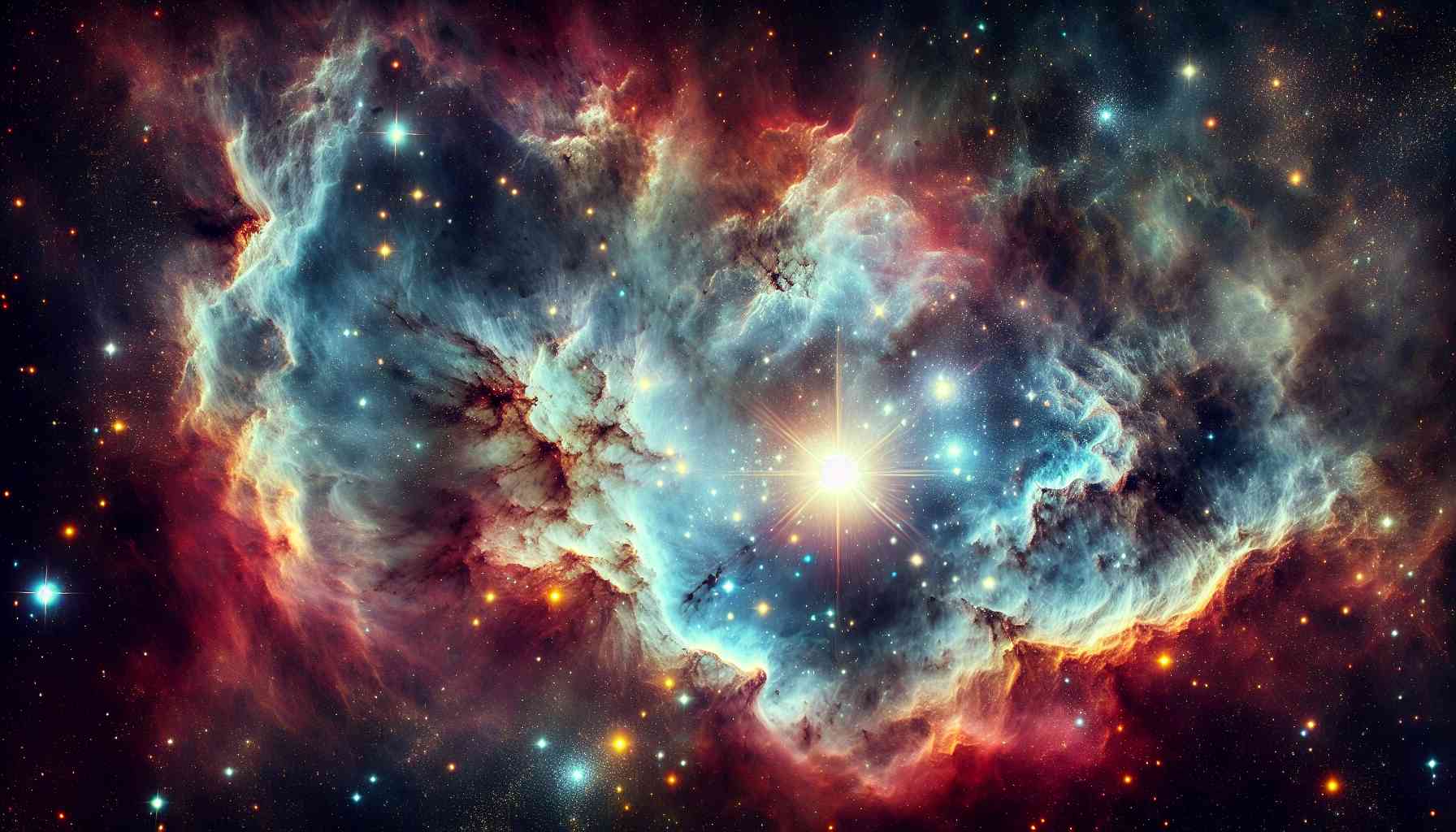NGC 2814, an irregular galaxy, is the undisputed star of the show in the Hubble Space Telescope, with its three companion galaxies intentionally left out of the cosmic frame.

In a dazzling celestial display, a member of the galactic quartet steals the limelight in a breathtaking new image beamed down by the Hubble Space Telescope
Together, this quartet forms the Holmberg 124 galactic group, a stellar alliance captured in a mesmerizing visual spectacle. NASA, the custodian of these cosmic revelations, described NGC 2814 as appearing “quite isolated” at first glance, resembling a loose stroke of bright paint against a dark cosmic canvas. Positioned some 85 million light-years away from Earth, NGC 2814 lacks a distinct shape, devoid of a central bulge or discernible spiral arm structures. the Hubble Space Telescope view, though, unveils the galaxy in all its glory, showcasing a panorama of bright blue stars in active regions of star formation, surrounded by a radiant halo of dust and gas.
Holmberg 124 comprises more than just NGC 2814, with its three celestial companions notably absent from the Hubble Space Telescope image
NGC 2820, a side-on spiral galaxy, shares the cosmic stage with an irregular galaxy named IC 2458 and the face-on, non-barred spiral galaxy NGC 2805, as outlined in the NASA statement. These neighboring galaxies, characterized by spiral and irregular structures, fall under the classification of “late-type galaxies,” contrasting with the “early-type” label typically assigned to elliptical galaxies. This classification, NASA clarifies, stems from a historical misunderstanding propagated by the Hubble Space Telescope tuning fork of galactic classification. The persistent belief that elliptical galaxies are precursors to spiral and irregular galaxies is debunked by NASA, emphasizing that Edwin Hubble himself cautioned against such misconceptions nearly a century ago.
The mesmerizing photograph of NGC 2814, taken with the Hubble Space Telescope’s Advanced Camera for Surveys, was unveiled online on December 15, adding another celestial masterpiece to the telescope’s extensive portfolio.
READ ALSO: Stunning Conjunction Of Planets: Moon And Saturn’s Celestial Rendezvous Set To Mesmerize Skywatchers




